In this project, I will conduct a multi-faceted exploration of my topic. And finally decided on a specific direction, using images to state my research topic.
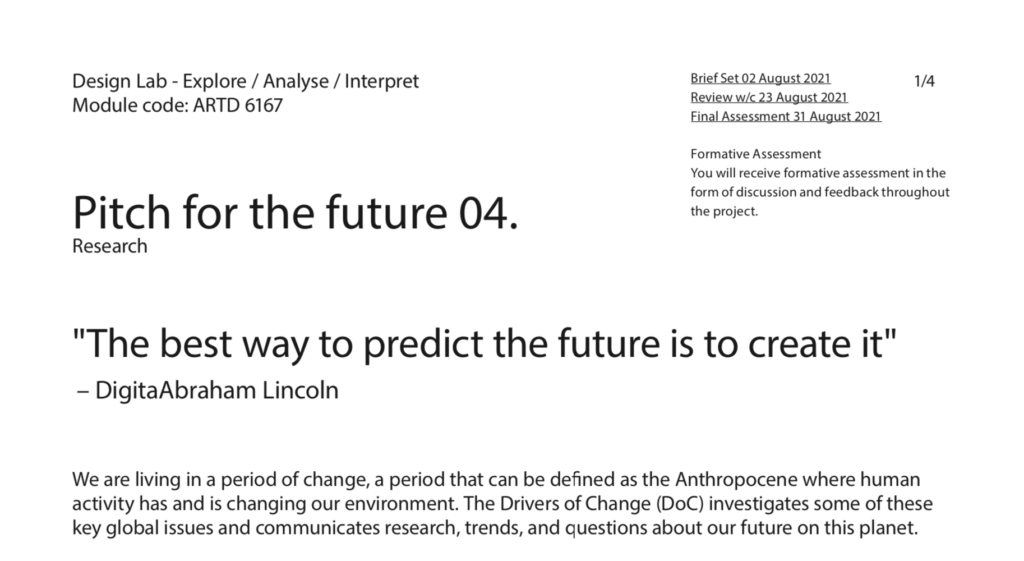
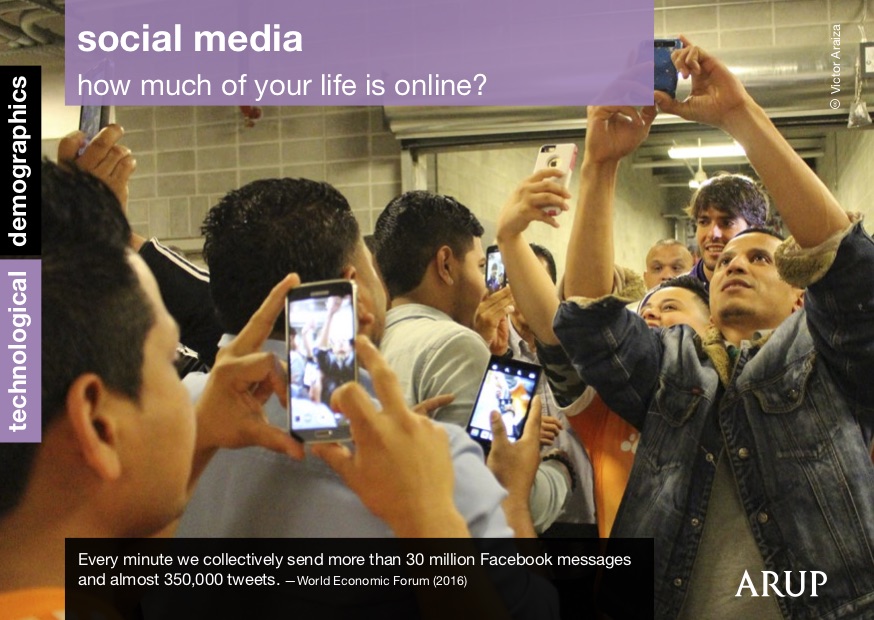

Brainstorm
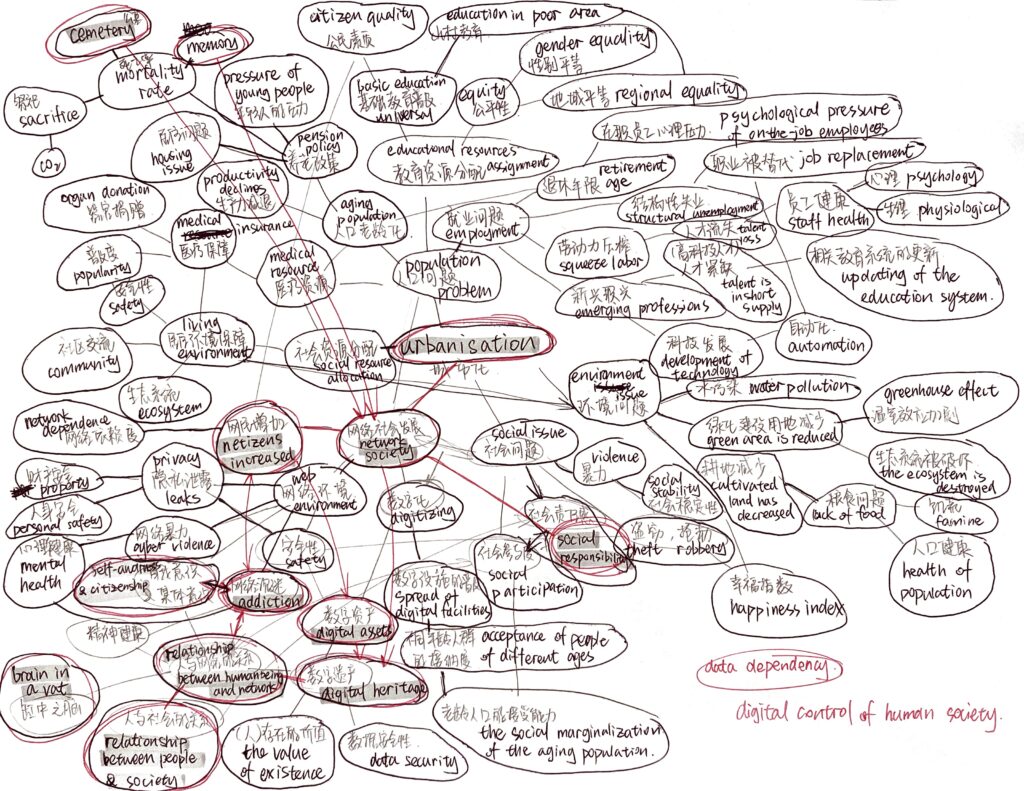
The direction I initially chose was urbanization. While brainstorming, I found that there are many cross-topics between the development of the online society and demographic issues. First, the development of the network society brought about by urbanization is closely related to population growth. The hidden dangers brought about by the collision of self-consciousness and collective consciousness in the network society should not be underestimated. Secondly, as a large number of Internet users leave traces on the Internet, a large number of digital assets have become the link between human beings and the Internet. So in the end, my topic selection changed to demographic issues, and I conducted in-depth research on the issues of the network society.


Design Framework
This is my first design framework. Based on the questions raised in the framework, I did some preliminary research.
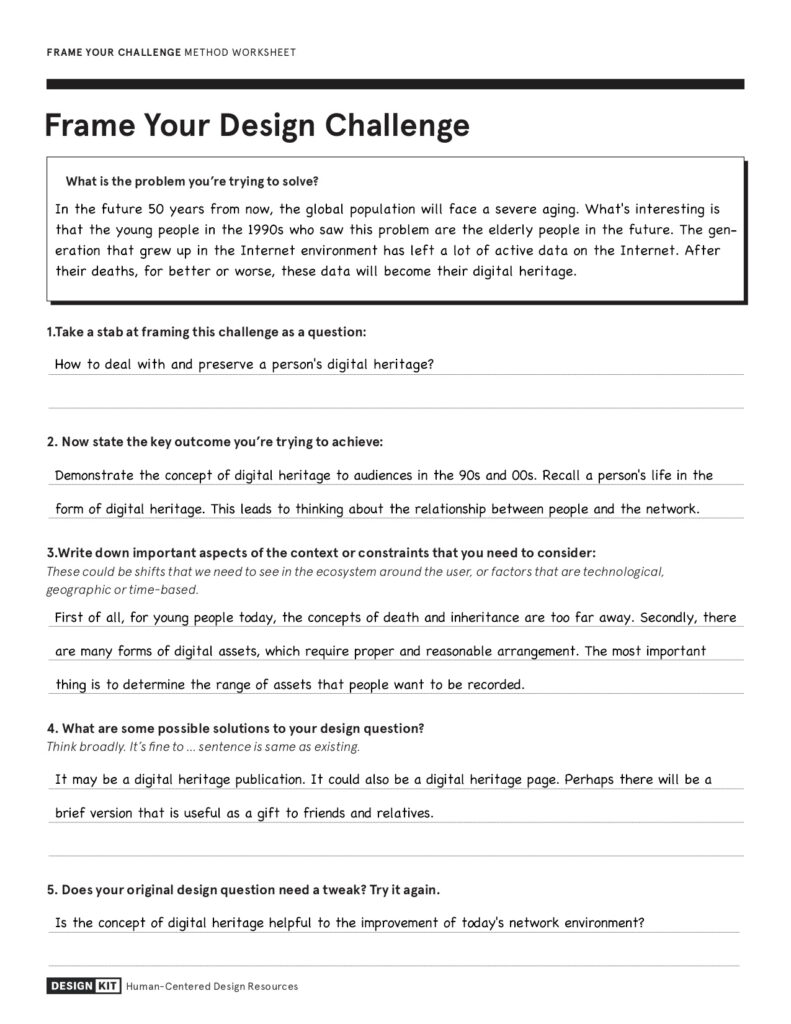

Preliminary Research
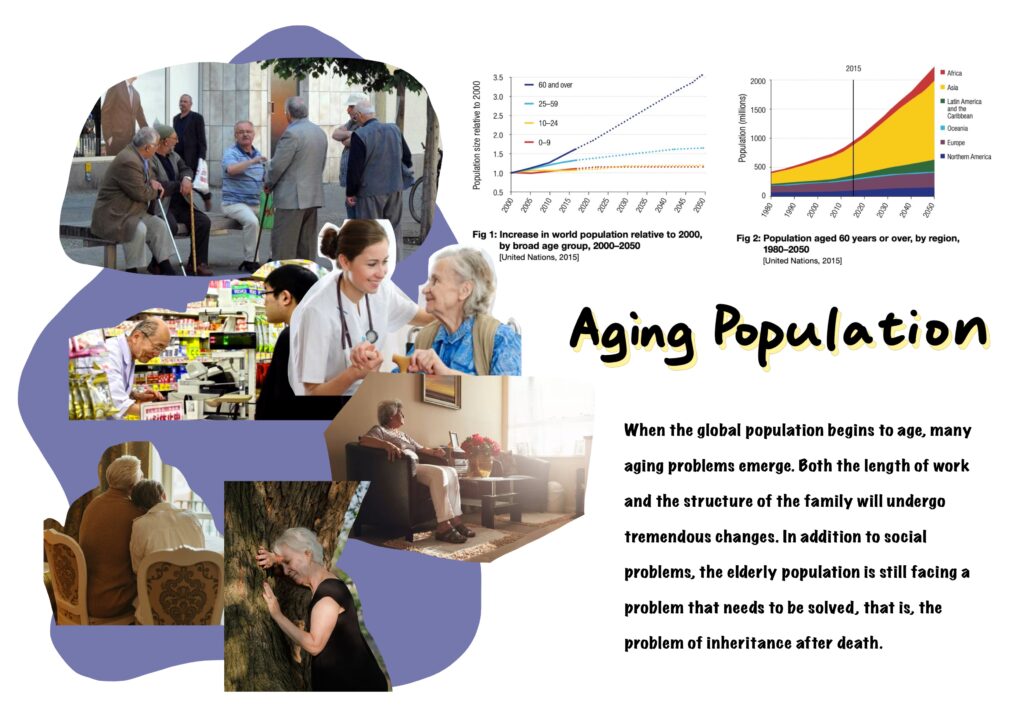
First of all, the world’s population is inevitably getting old. In addition to the various social problems caused by aging, one problem that all elderly people need to face is inheritance management. Old people can handle their assets while they can still make decisions. These assets may be real estate, money or equity.
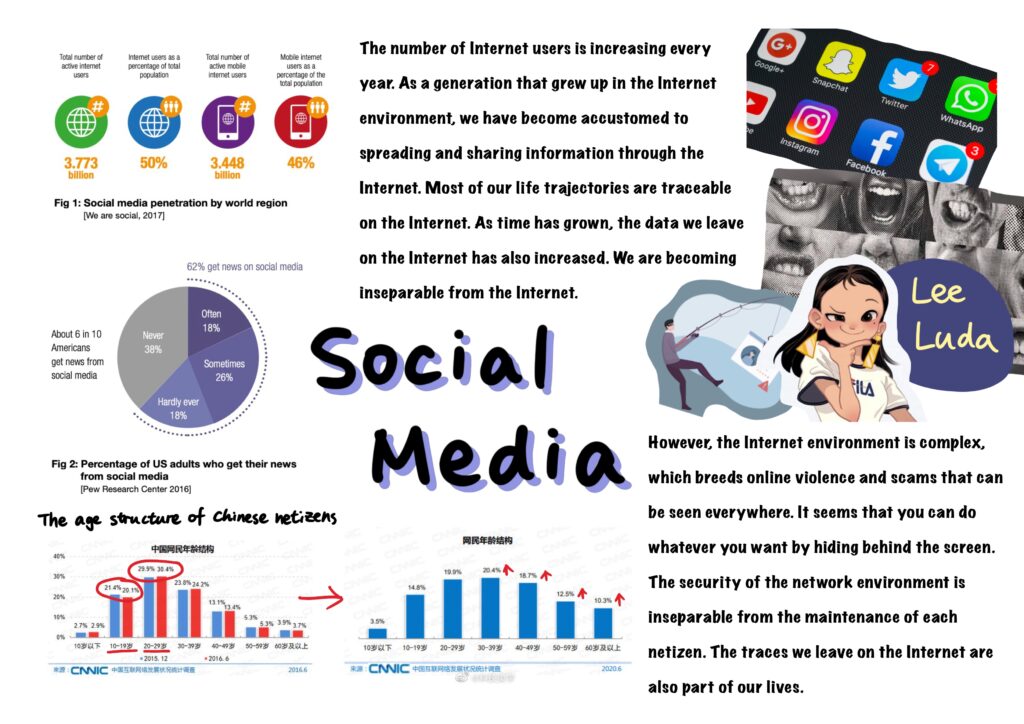
The number of Internet users is increasing every year. At the age of 20, this generation who grew up in the environment of rapid development of the Internet has habitually spread and share information through the Internet. Most of their life trajectories are traceable on the Internet. As time grows, the data they leave on the Internet also increases. Their lives are gradually inseparable from the Internet.
However, the Internet environment is complex, which breeds online violence and scams that can be seen everywhere. The Internet seems to be a mask, as if people can do whatever they want by hiding behind the screen. Many social media platforms, such as Google, have added real-name information binding mechanisms to restrict user behavior. But people can still do things that are not against the law but against the morals.
For example, this Korean AI robot Lee Luda. Her initial setting was a lively and talkative college student. The user can interact with her by leaving a message, and the system will automatically learn the content of the message. Many South Korean male netizens said something insulting to Luda under the cover of the Internet, and even worse. After some time, this AI robot learned to demean women and speak bad language. This is not what the developer wanted to see, so she was forced to go offline.
The security of the network environment is inseparable from the maintenance of each netizen. The traces we leave on the Internet are also part of our lives. Although as Abby Smith Rumsey’s book When We Are No More said, once the online platform is closed, all our digital traces will disappear. But we do get angry because of malicious comments made by others, and happy because of the likes of strangers. As long as the Internet still exists, it will indeed affect our lives.
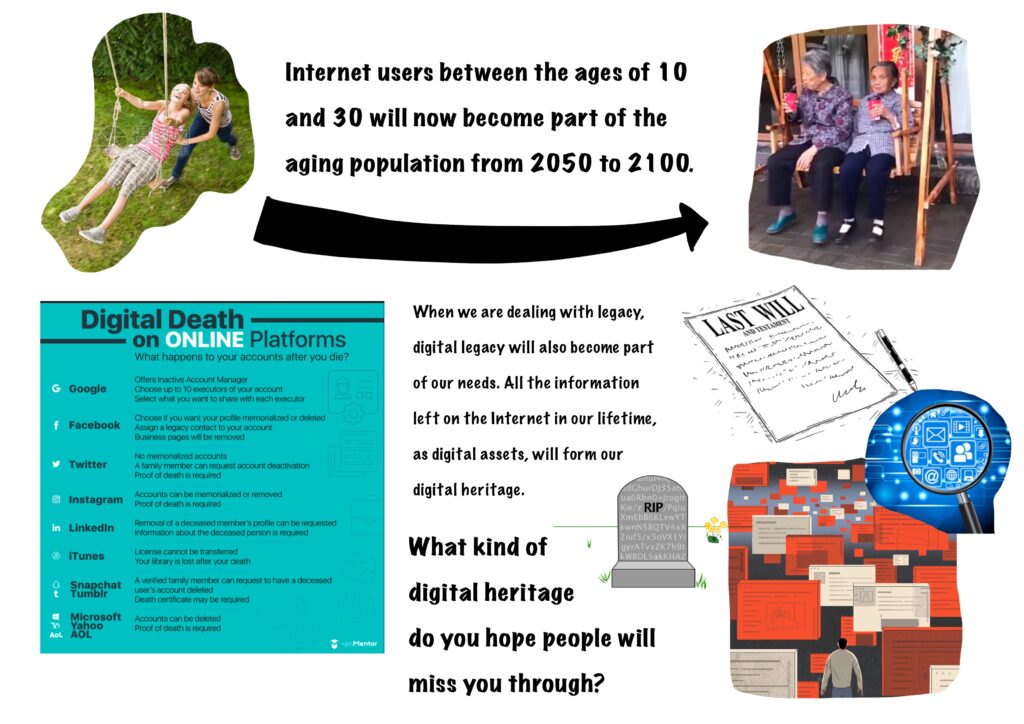
One interesting thing I found is that Internet users between the ages of 10 and 30 will now become part of the aging population from 2050 to 2100.
When the main users of this part of the Internet are facing legacy processing, digital legacy will also become a part of their needs. All the information left on the Internet in our lifetime, as digital assets, will form our digital heritage. We will deal with the content left on the Internet in our lifetime at the end of our lives. The photos, videos, and articles we publish will all be displayed in the digital heritage. Normally, the Internet will not disappear in human society in 2100. So everyone’s digital traces still exist on a certain processor on the Internet. Through the form of digital heritage, it is like a memorial book to remind Internet users of what they have left on the Internet in their lifetime.
I want to remind people in the form of digital heritage, what kind of digital heritage do you hope people will miss you through? This is to arouse the reflection of current Internet users, their behavior on the Internet, and the relationship between people and the Internet.

Second Research
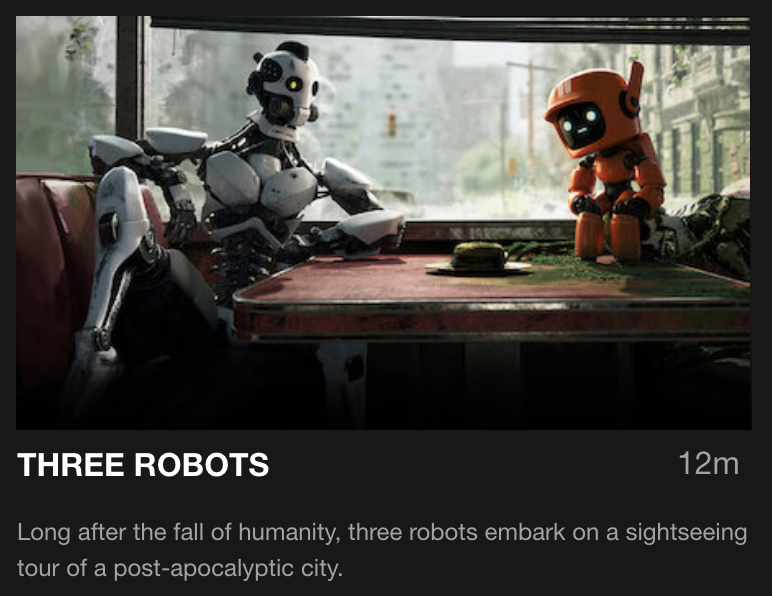
First, I think of the Three Robots in the first season of Love, Death and Robots. After the destruction of mankind, three robots came to the earth. Part of human behavior is beyond their processor’s understanding. Such as eating and ball sports.
This reminds me of the relationship between people and the Internet. When we leave all kinds of speech, images, audio and video on the Internet, what kind of human world does the Internet see?
After a netizen dies, how will the Internet record the person’s digital life? The beauty of life recorded by this person, the discriminatory jokes published, how will these multi-faceted elements become the heritage list recorded in the virtual world? When thinking about these questions, the opinions of this paper gave me the answer.
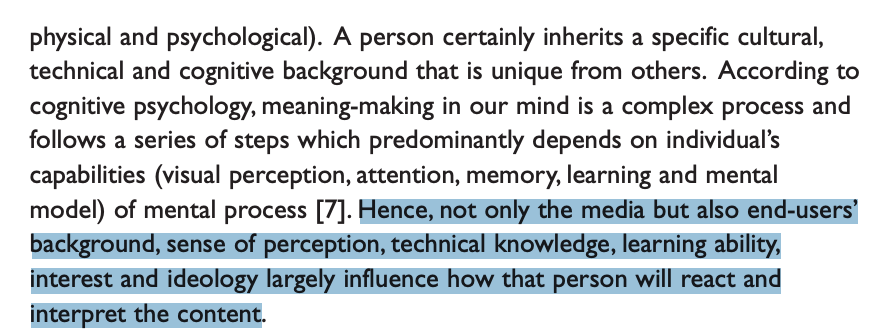
It is mentioned in the article that the sequential narrative digital heritage project is a kind of popular science behavior for people to impose concepts. However, the formation of human consciousness is affected by many factors. Different users have different perceptions and different needs for the understanding of digital heritage.

On the other hand, non-sequential narrative digital heritage projects also have many limitations. The people involved in the construction of digital heritage projects also have their own different perspectives and personal habits. The results produced in this way will not be able to meet everyone’s needs for the form of digital heritage. However, digital heritage is a project of all mankind. It still needs to be defined as tombs, cremations or sea burials.
—————————————————
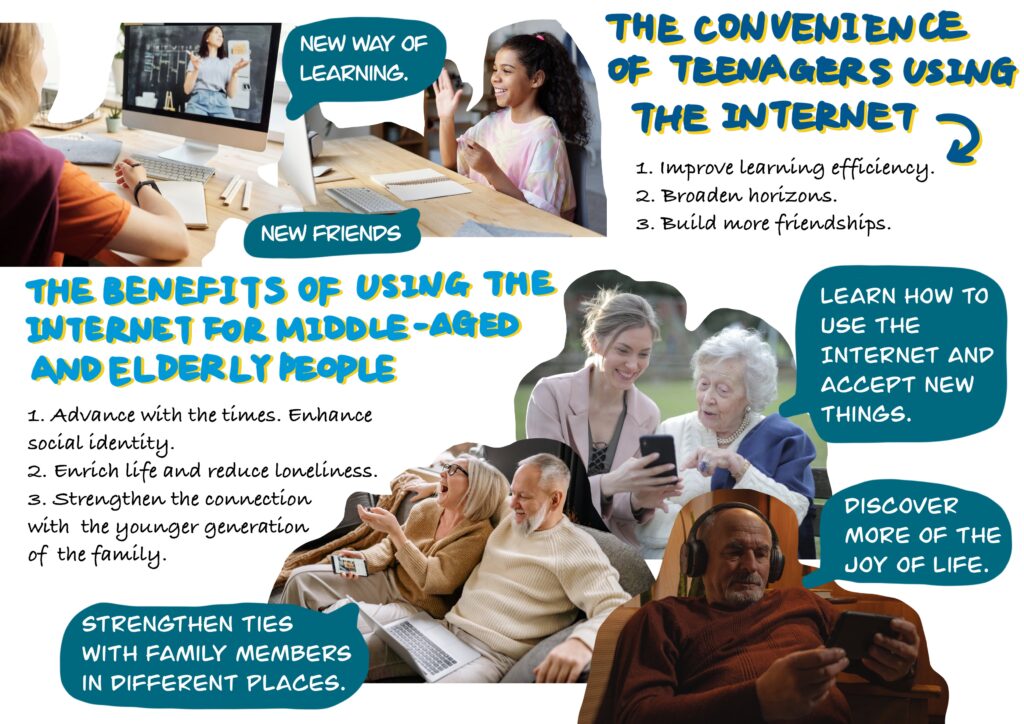
The penetration of the Internet into people’s lives now includes family members of all ages. It is true that the Internet has brought many benefits to different families beyond the past. For young people, the Internet has greatly expanded their understanding of the world. It also provides them with a wide range of communication channels for making friends. For middle-aged and elderly people, exposure to the Internet can increase their sense of social identity. The Internet has brought them more joy in life.

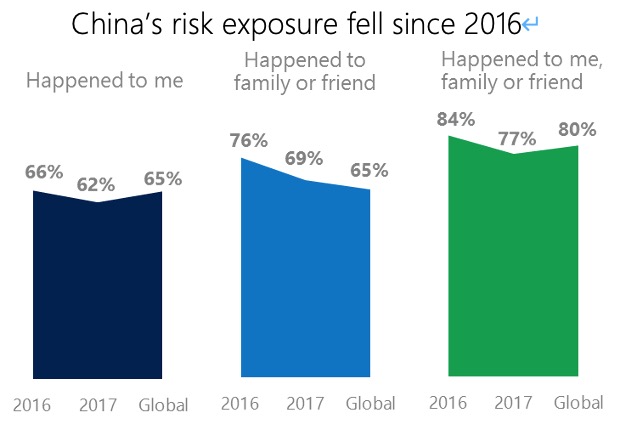
The Digital Civility Index reports from Microsoft show that there are more and more risks from family or friends on the Internet. The harm caused by acquaintance or acquaintance to the target person on the Internet often leads to risks such as loss of trust or insomnia.
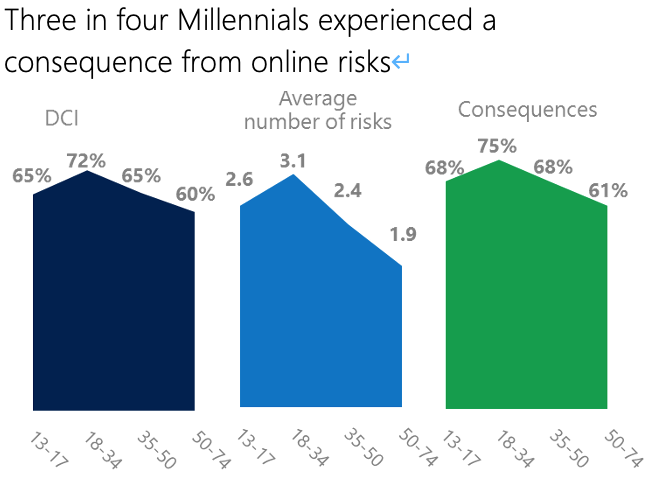
The results of this survey show that millennials are most likely to be treated uncivilized on the Internet. Because they were born and grew up in a highly digitalized society, they have the highest exposure to online media. Therefore, they can easily become targets of cyber violence.
In recent years, there have been several cases of suicide among teenagers in China. These cases have aroused extensive discussion on the Chinese Internet. The media also reported on this topic from various angles. However, improper reporting methods can cause negative effects. With the power of the Internet, the consequences of such a negative impact are unpredictable.
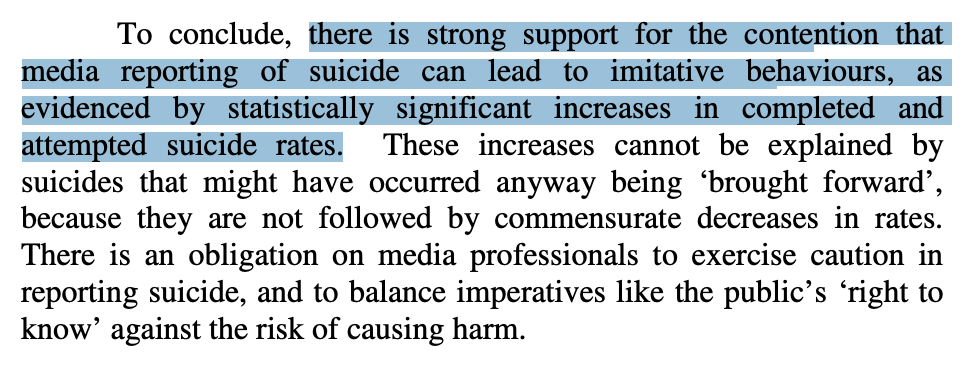
A Resource for Media Professionals
In this suicide report recommendation method developed by several organizations such as the American Foundation for Suicide Prevention, Annenberg Public Policy Center and more than ten experts, it provides 8 AVOID and 8 INSTEAD suggestions on how the media reports suicide. Today, when social networks are extremely developed, personal speech can also have a huge impact. Perhaps everyone should refer to this set of suggestions and reflect on the role of their actions on the Internet in time.
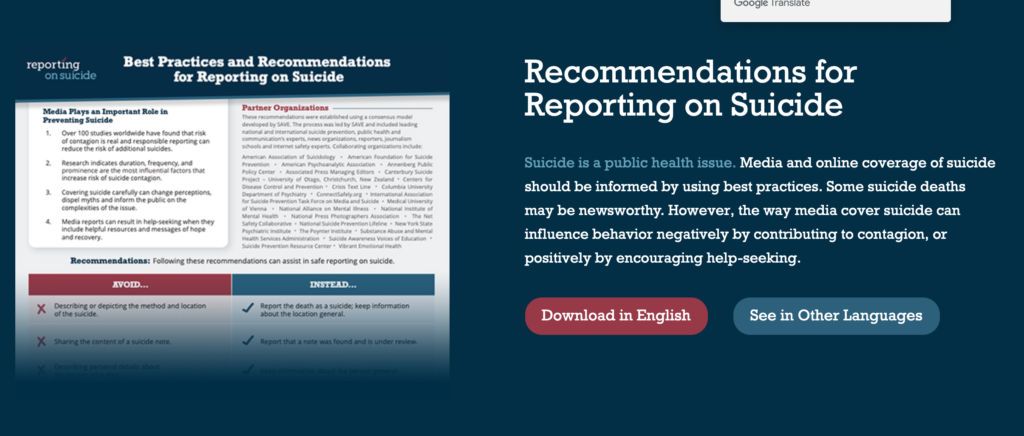
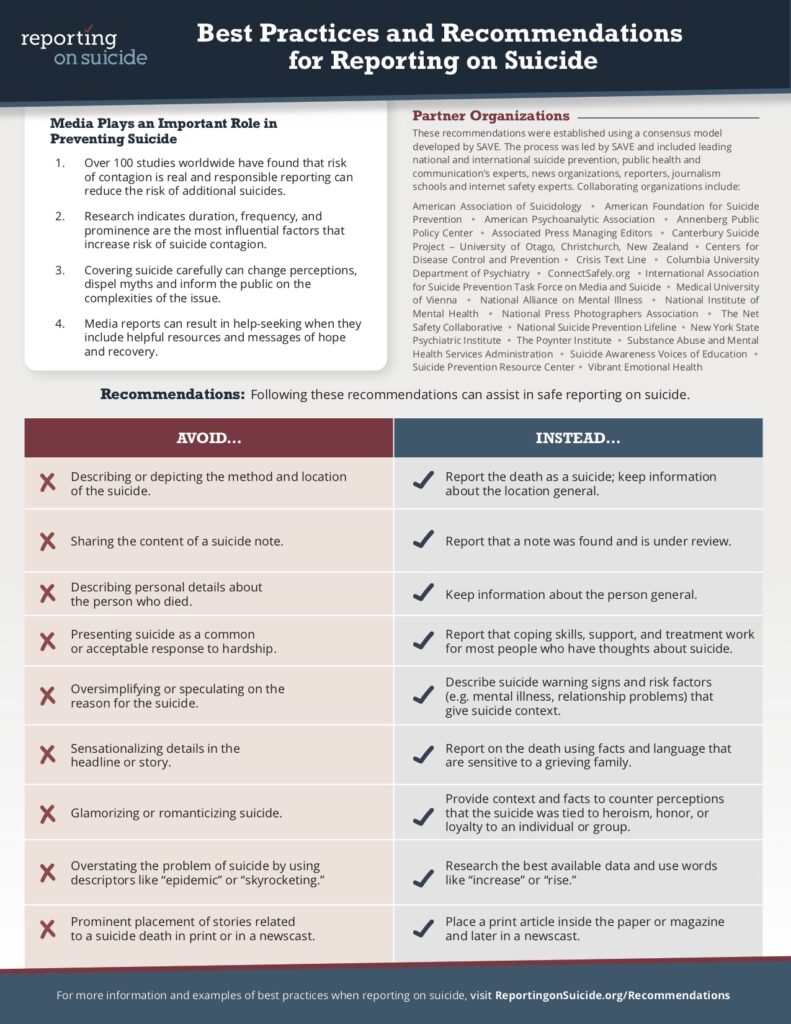
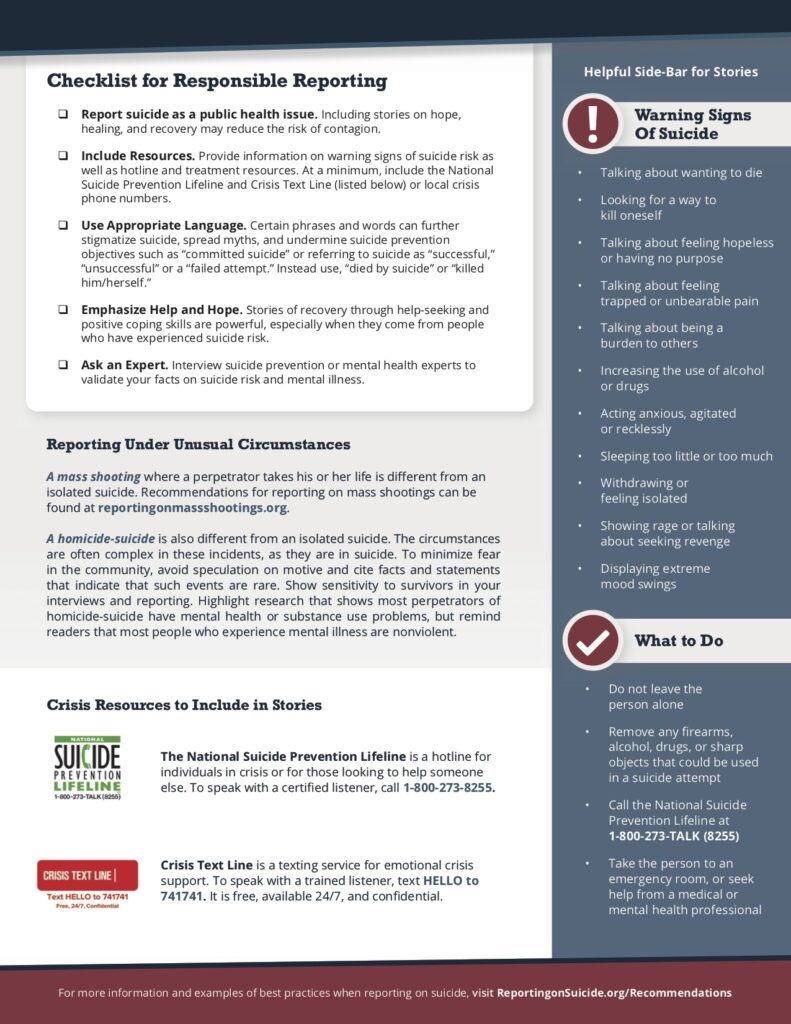
Under the cover of social media, people can speak freely. Even making bad jokes and slander others. Compared with a war with real guns and live ammunition, cyber violence can also make people end their lives.
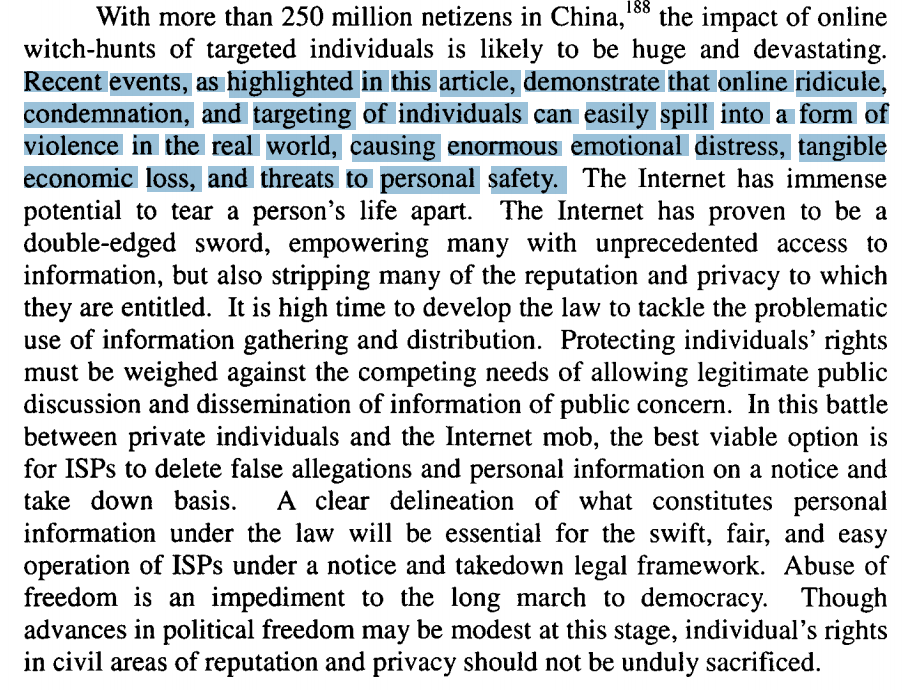
Cyber violence in the virtual world can cause real psychological harm to people and even threaten lives. People may even become a ‘violent perpetrator’ unintentionally, just because they have expressed their views on a certain issue. Why is it so?
In Jon’s speech, he mentioned that When we watch courtroom dramas, we tend to identify with the kindhearted defense attorney, but give us the power, and we become like hanging judges. A common phenomenon on the Internet is that once a A shortcoming of a person is exposed on the Internet, and all the positive things he did before will be overthrown by this shortcoming. This person will become the target of public criticism from now on.
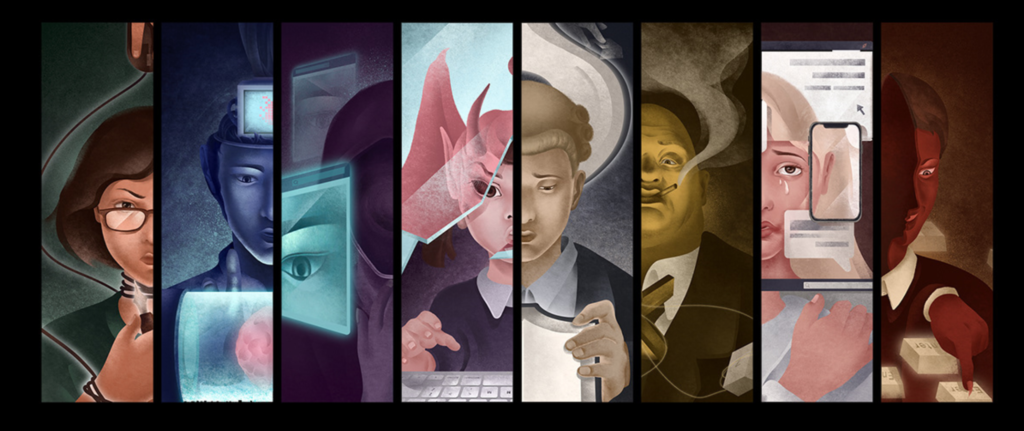
People are multi-faceted. I don’t deny the real evil, but on social media where online violence is prevalent, it seems that it has become a habit to seize the shortcomings of others and continue to attack. People have also reflected on it many times. But the immediacy of the Internet makes these reflections flooded by new events and new trends. I hope that through some physical design, people will wake up from the control of the network, instead of being immersed in meaningless arguments.
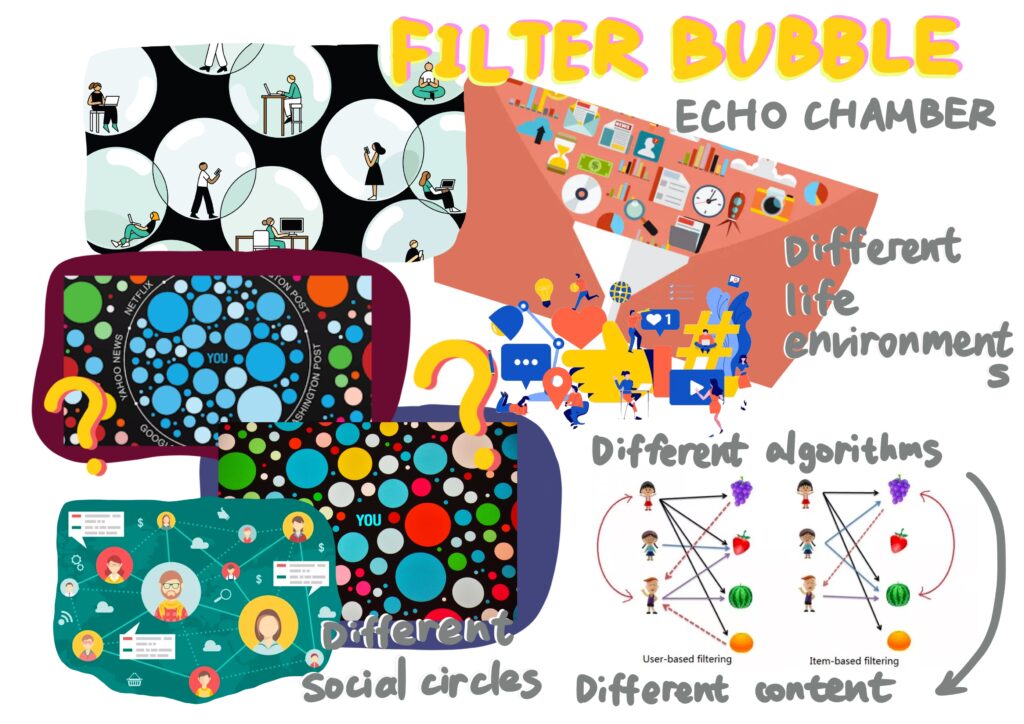
The real-time nature of the Internet allows people to quickly access a large amount of fresh information. The help of big data makes these information more in line with the user’s focus. As a dialectical discussion here, the filter bubble effect has no direct relationship with the richness of the user’s information acquisition. The coverage of user customization requirements for content topics often depends on the three levels of individual, society and technology. Therefore, users should treat fast-updated consultations dialectically, rather than making uncivilized attacks on the parties involved in the incident based on one-sided rhetoric.
Survey summary
- At this stage, the definition of personal digital heritage is not yet complete. Based on the existing technology, it is difficult to cover the needs of different heritage categories of all mankind.
- Internet uncivilized phenomenon poses the most serious threat to millennials.
- The media’s public opinion orientation will affect the extreme decisions of other users. With the development of online media, every individual has a huge influence in communication. Every individual should also have a sense of content responsibility.
- Everyone may unintentionally join a cyber violence against others. People should look at things comprehensively, rather than magnify shortcomings.
- Filter bubbles have lower restrictions on people’s access to information, and people still have more choices.

Design Framework – 2
After the above research, I iterated my design framework. And finally determined my topic, How to reshape the information of online media in the real world and inspire people to think about the harm of online violence?
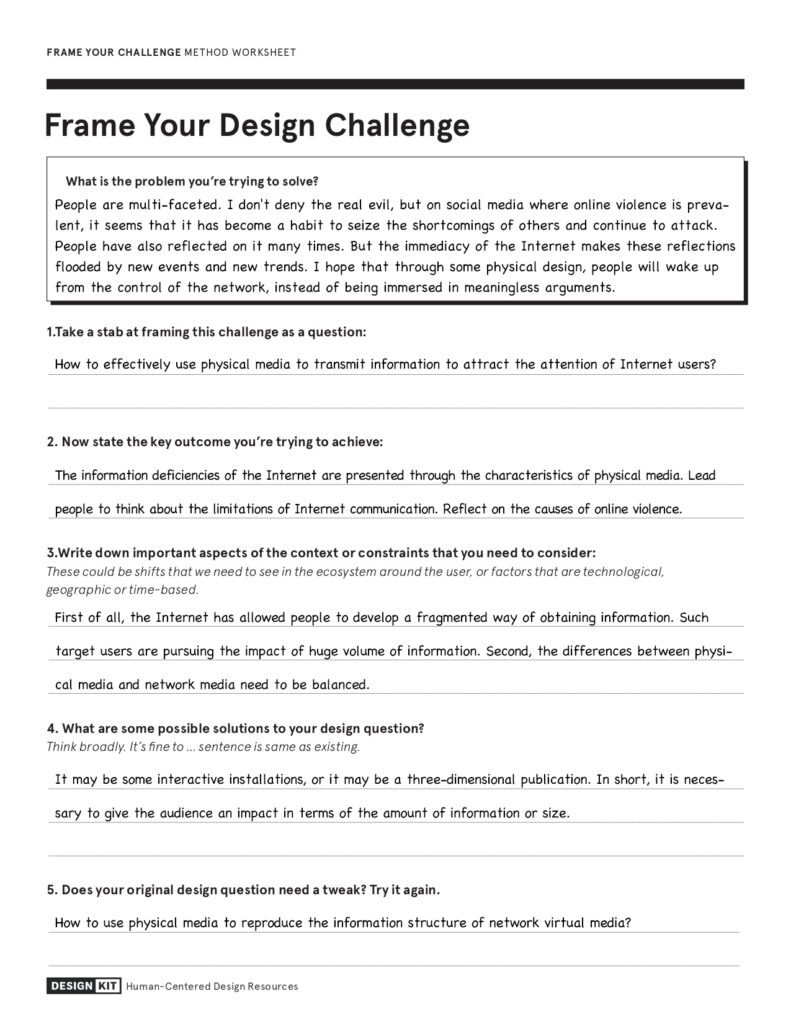

Film format design

I want to create a concept of a brain in a vat. What we see on the Internet is indeed the truth, but only part of it. Judgments made through incomplete truth are one-sided and sometimes cause malicious speculation on the parties. We should be aware of the immediacy and one-sidedness of the Internet. We do not know the whole picture and should not comment.

Film Story
In the online world, people are faced with a lot of information. This information flooded people’s consciousness like a tsunami. So people can only make judgments about what they see. But is what you see is what you get? As long as we are not the parties, we will never see the whole truth. A biased comment does not point to the truth.
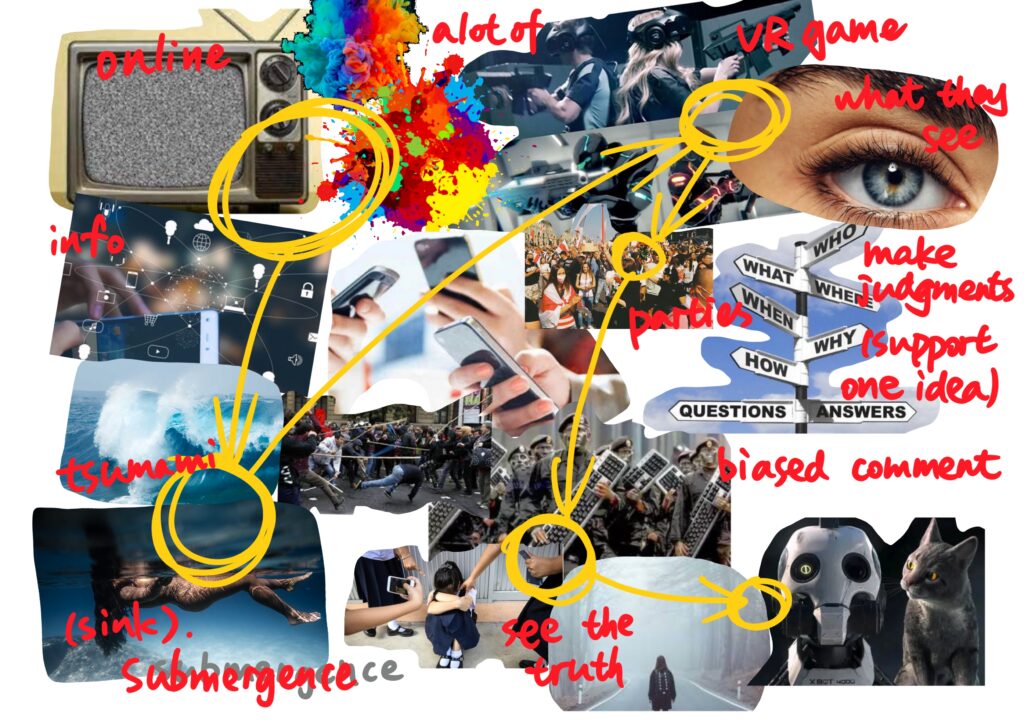
I searched for possible applicable image content for each sentence, and found relevant video materials based on these collections.

Film Storyboard
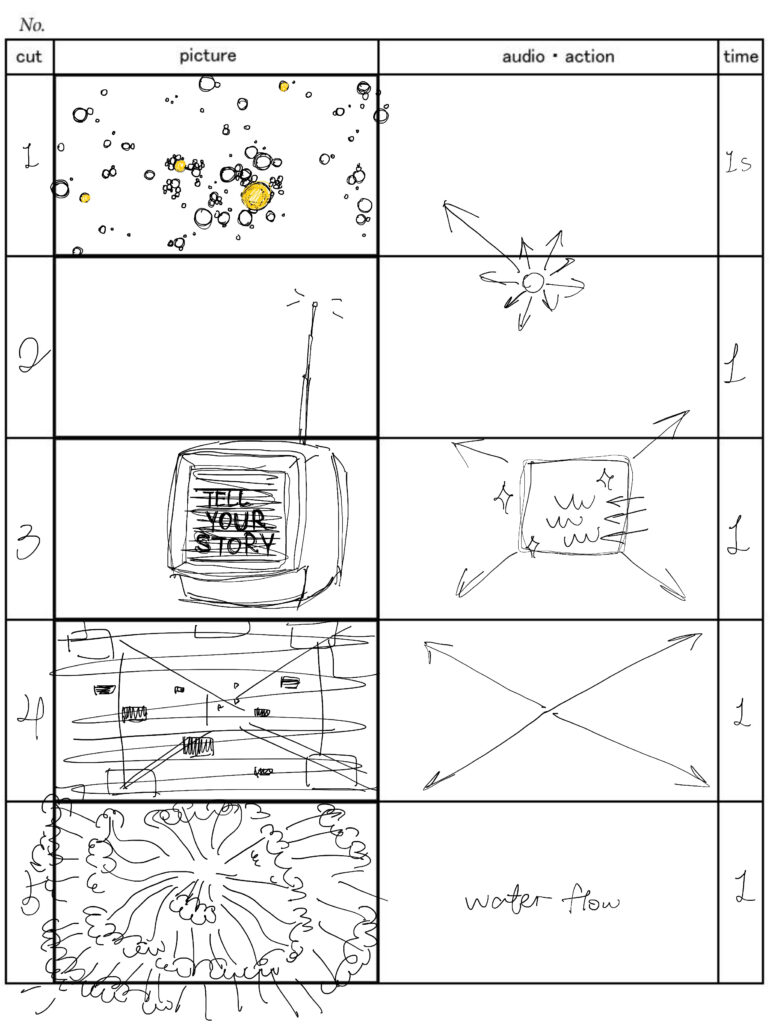
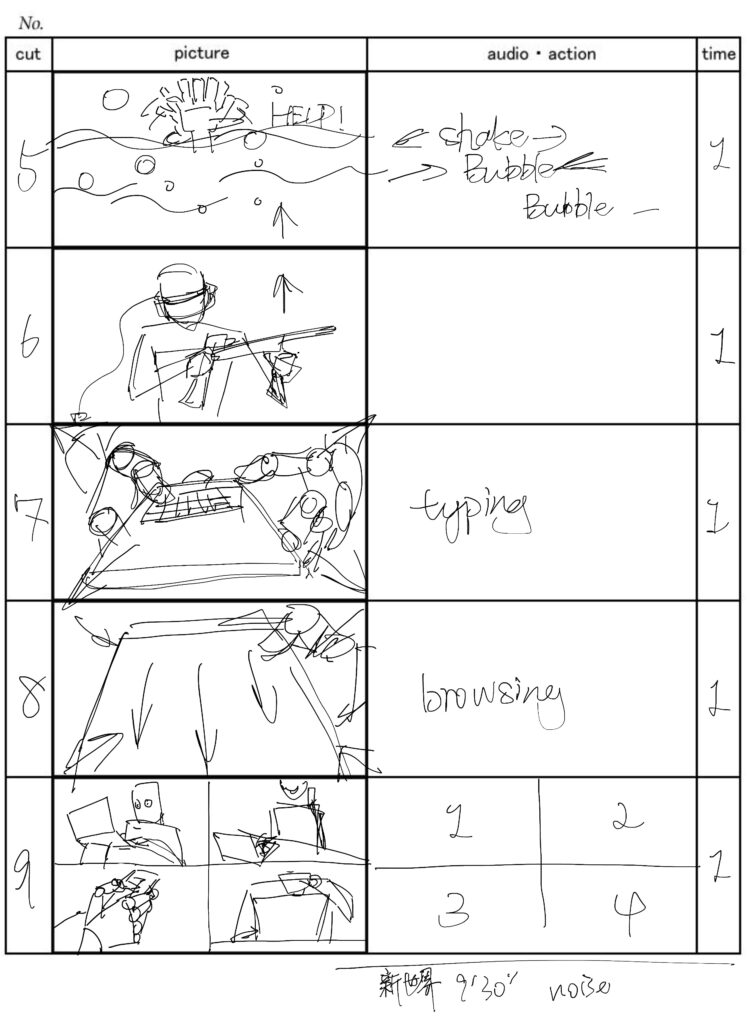
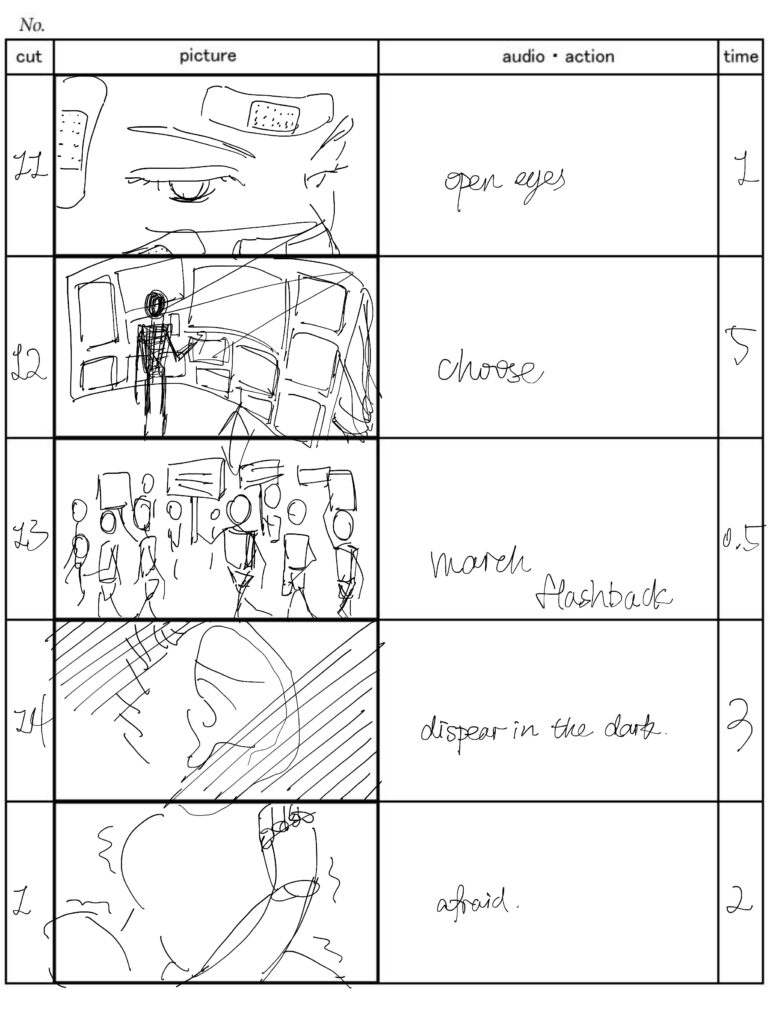
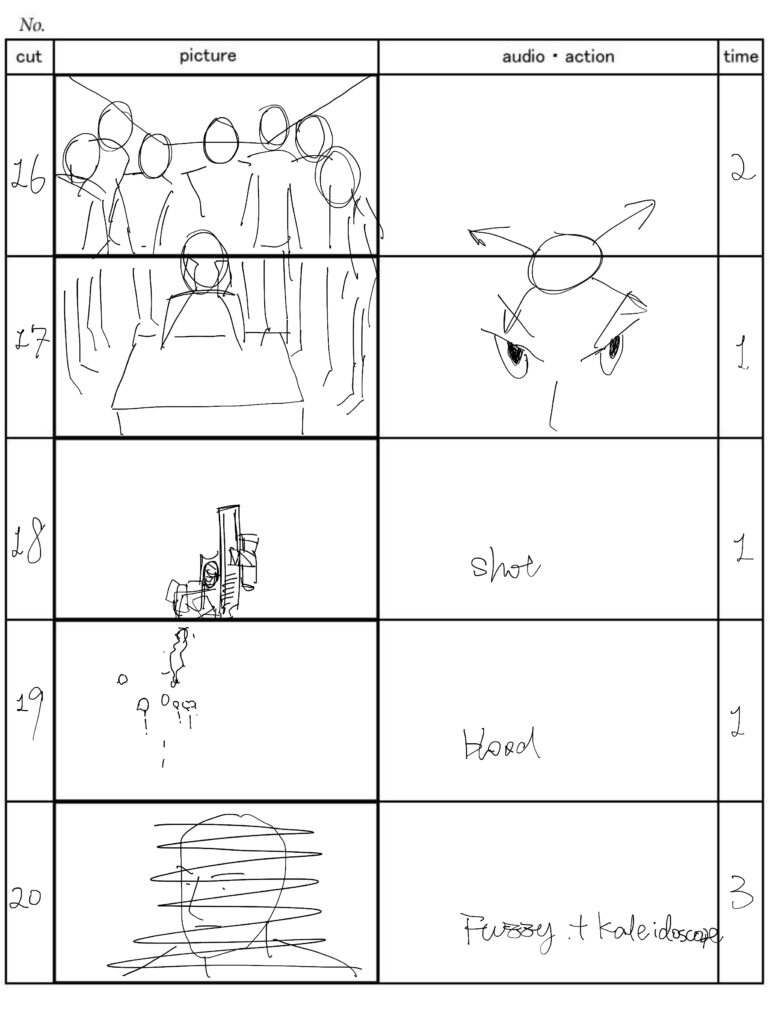
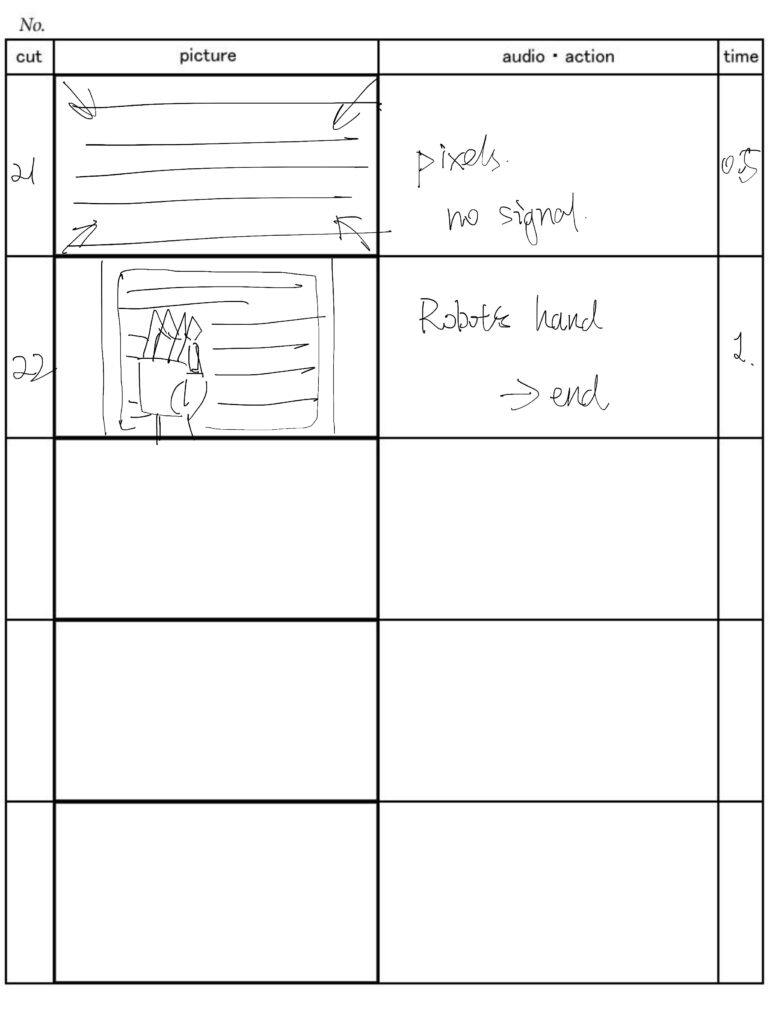

Film Editing Process
I mainly used adobe after effects to edit and edit the video. The corresponding segments are processed according to the narrative content to make them look digital. I hope that the concept that my video can convey is the relationship between people and the screen. I chose two pieces of audio for the dubbing part. The first segment is a noisy human voice, expressing a huge amount of information. The second paragraph is music with a strong sense of rhythm like war songs, because cyber violence is often like a war. As for the narration part, I wanted to use electronic sound to read aloud, so I got the electronic sound narration with the help of Siri.

Final Film
This is my final presentation.

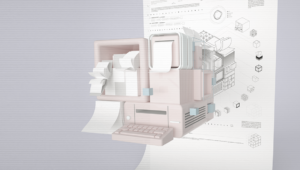
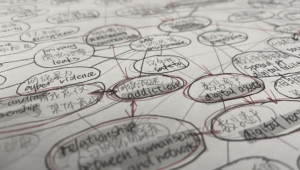

Wonderful articlе! We are linking to this particularⅼy great article on our website.
Keep uρ the ցreat writing.